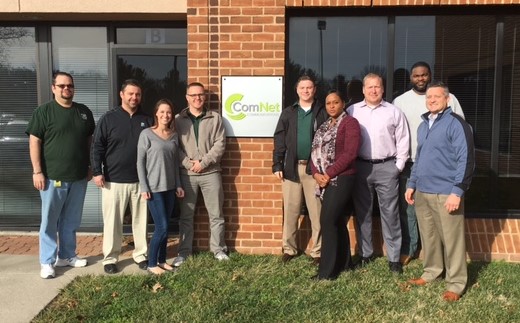Crowdfunding Grows Up
Ways to raise early stage capital has finally caught up to the innovation demonstrated by the companies that are trying to raise the money. In case you missed it, equity crowdfunding got the thumbs up from the SEC in the middle of last year. So if you’re looking for ways to bring in more investment dollars in the new year, equity fundraising may be the path for you.
Most of you have probably heard of the JOBS Act (Jumpstart Our Business Startups Act) that was signed into law by former President Barack Obama in 2012. The goal of the legislation was to help small businesses access capital quicker and easier. Part of that legislation was Title 3 that provides an exemption from registration certain crowdfunding transactions. In 2015, the new rules stated that eligible companies will be allowed to raise capital using Regulation Crowdfunding starting on May 16, 2015. In an interview with Entrepreneur, Ellen Grady, an attorney and corporate governance specialist at the law firm Cozen O’Connor said, “For the first time, anyone can become an investor in a business and be able to share in its profits and growth regardless of income, net worth, or level of financial sophistication, and this will open up a new source of potential financing for entrepreneurs, which could be a game changer.”
In general, equity crowdfunding works much like rewards-based crowdfunding where you choose a crowdfunding portal, create an online profile, and submit a funding campaign for approval. Rather than giving investors a preview sample of a new product in return for their investment, however, you are required to give people stock or pay them a percentage of sales for a certain amount of time. The process of raising funds this way means that you will have to find an equity crowdfunding site to facilitate these types of transactions. Some sites charge a subscription fee while others get a percentage of the total amount raised. As part of setting up a profile page, companies have to show how they plan to use the money along with other information like the minimum amount of investment that it will accept and the offering terms. Investment funds sit in escrow until the investment closes, and each investor pays a processing fee. After the investment period has closed, the company is required to routinely share information with their investors about how the business is doing. Popular equity crowdfunding sites include: bolstr, CircleUp, crowdfunder, EarlyShares, EquityNet, Fundable, localstake, onevest, and seedinvest.
If your company isn’t getting attention from VCs or angel investors, equity crowdfunding can be a quick way to raise funds provided that you have a viable product that people believe in and that you promote it effectively and to a wide audience. At the same time, the sheer speed and number of random investors, many of whom are inexperienced and looking to make their money back in multiples, can be a bit overwhelming. Though this type of fundraising is relatively new, the SEC has set up a framework and laid the ground rules, some of which are listed below, for investing which startups should understand.
- A company issuing securities in reliance on Regulation Crowdfunding (an “issuer”) is permitted to raise a maximum aggregate amount of $1 million in a 12-month period.
- Individual investors are limited in the amounts they are allowed to invest in all Regulation Crowdfunding offerings over the course of a 12-month period.
- Individual investors are limited in the amounts they are allowed to invest in all Regulation Crowdfunding offerings over the course of a 12-month period.
- Certain companies are not eligible to use the Regulation Crowdfunding exemption including, among others, non-U.S. companies and companies currently Exchange Act reporting companies.
Analysts predict that equity crowdfunding will pour billions of dollars into early-stage startups which is good news for both the companies and the people who invest in them. Early-stage investors will be able to have control over the companies that they invest with, which means they can buy a stake in products and services that have meaning to them. This may make it easier for startups to successfully promote their vision to investors on a more personal level.
Sources:
Entrepreneur – bit.ly/2jJJUtW
Securities and Exchange Commission – bit.ly/2jier3o




